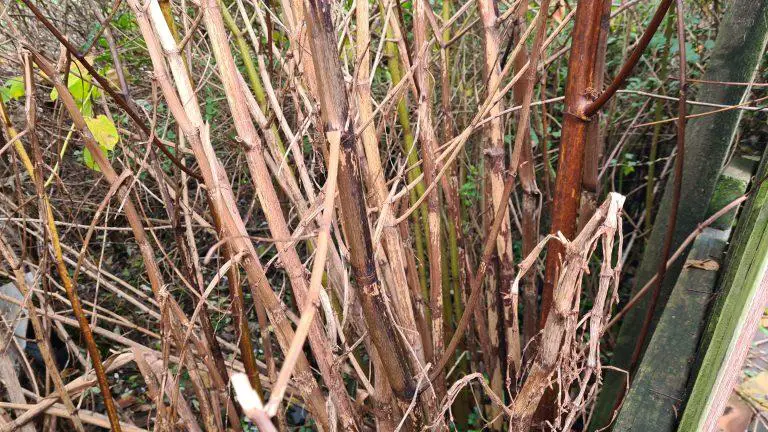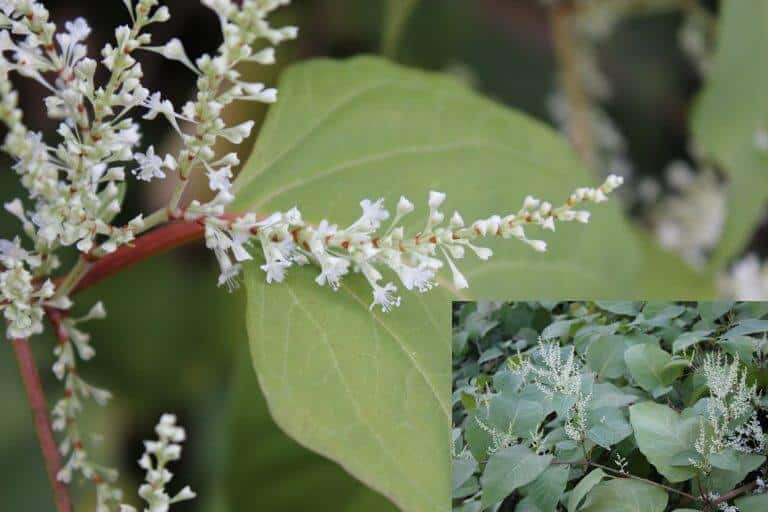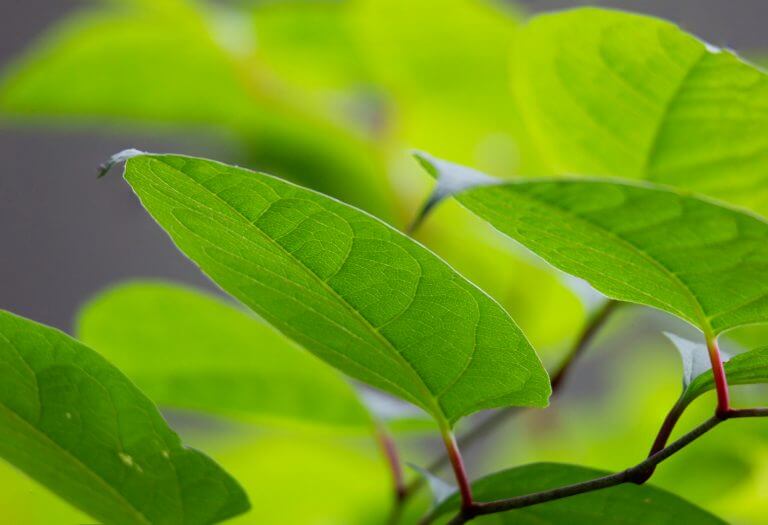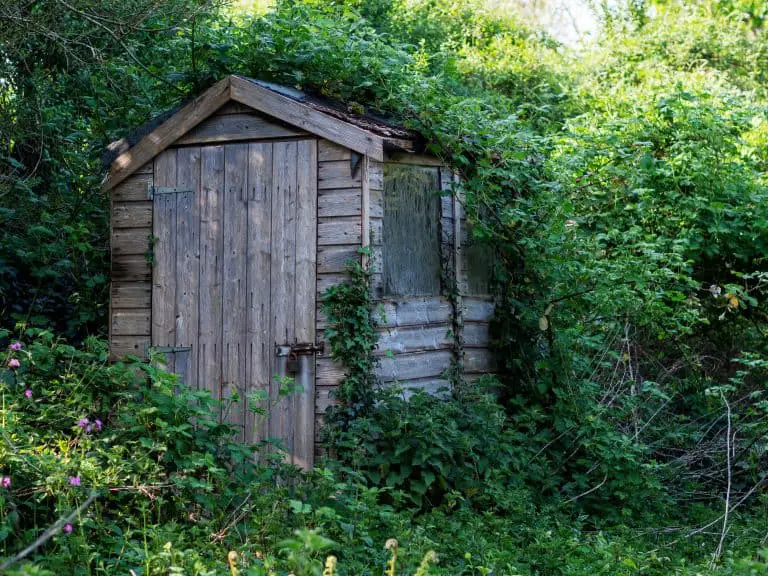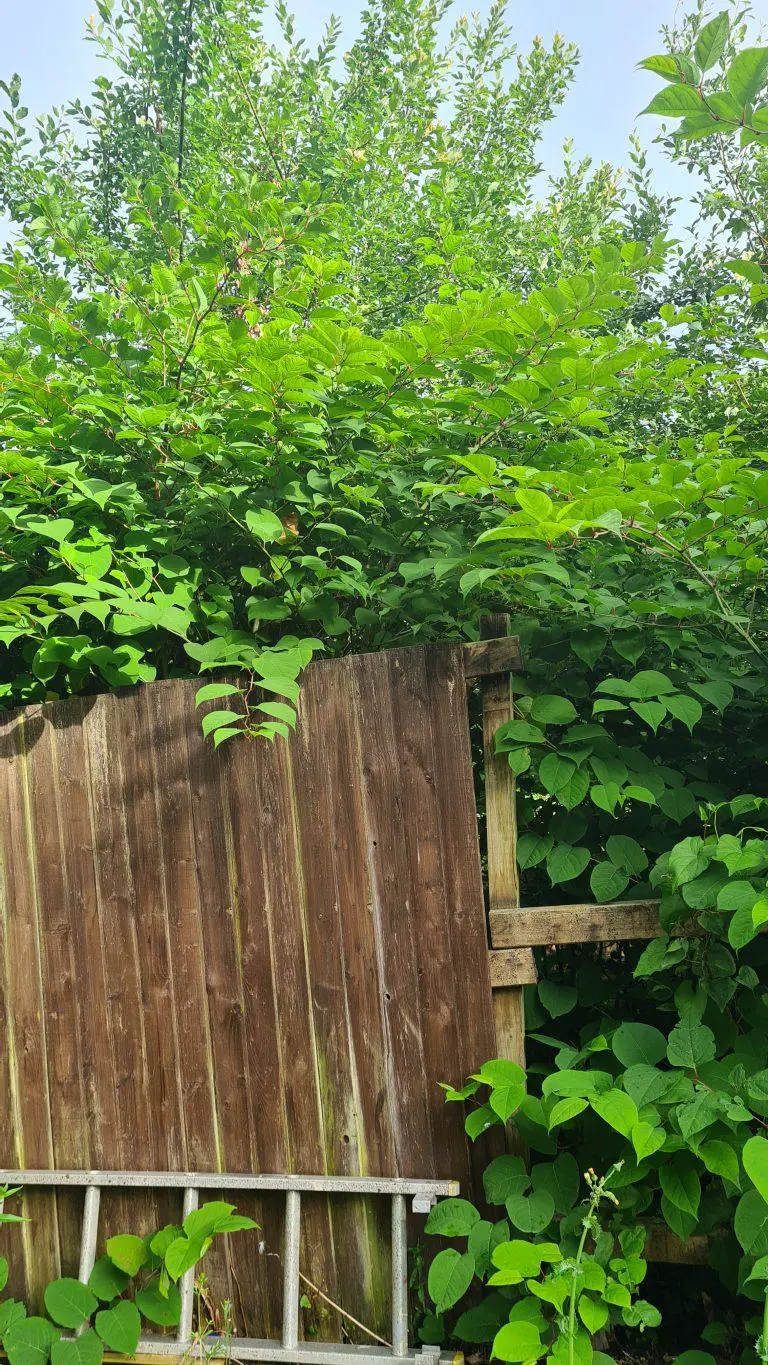When it comes to invasive plants, Japanese knotweed is one of the most notorious species in the UK. This aggressive plant can cause extensive damage to buildings, roads, and other structures, and can be difficult to eradicate once it takes hold. If you’re dealing with Japanese knotweed on your property, you may be wondering when the best time is to treat it.
The answer to that question depends on a number of factors, including the size of the infestation, the time of year, and the treatment method you plan to use. In general, it’s best to treat Japanese knotweed as early as possible to prevent it from spreading and causing further damage. However, there are also times when it may be more effective to wait before taking action. In this article, we’ll explore the different factors that can impact when and how to treat Japanese knotweed and provide you with the information you need to make an informed decision.
To help you navigate the different options for treating Japanese knotweed, we’ve also included a table that outlines the pros and cons of each method. Whether you’re considering chemical treatments, excavation and removal, or a combination of approaches, this table will give you a quick overview of the benefits and drawbacks of each option. By the end of this article, you’ll have a better understanding of when Japanese knotweed should be treated, and what treatment method is right for your situation.
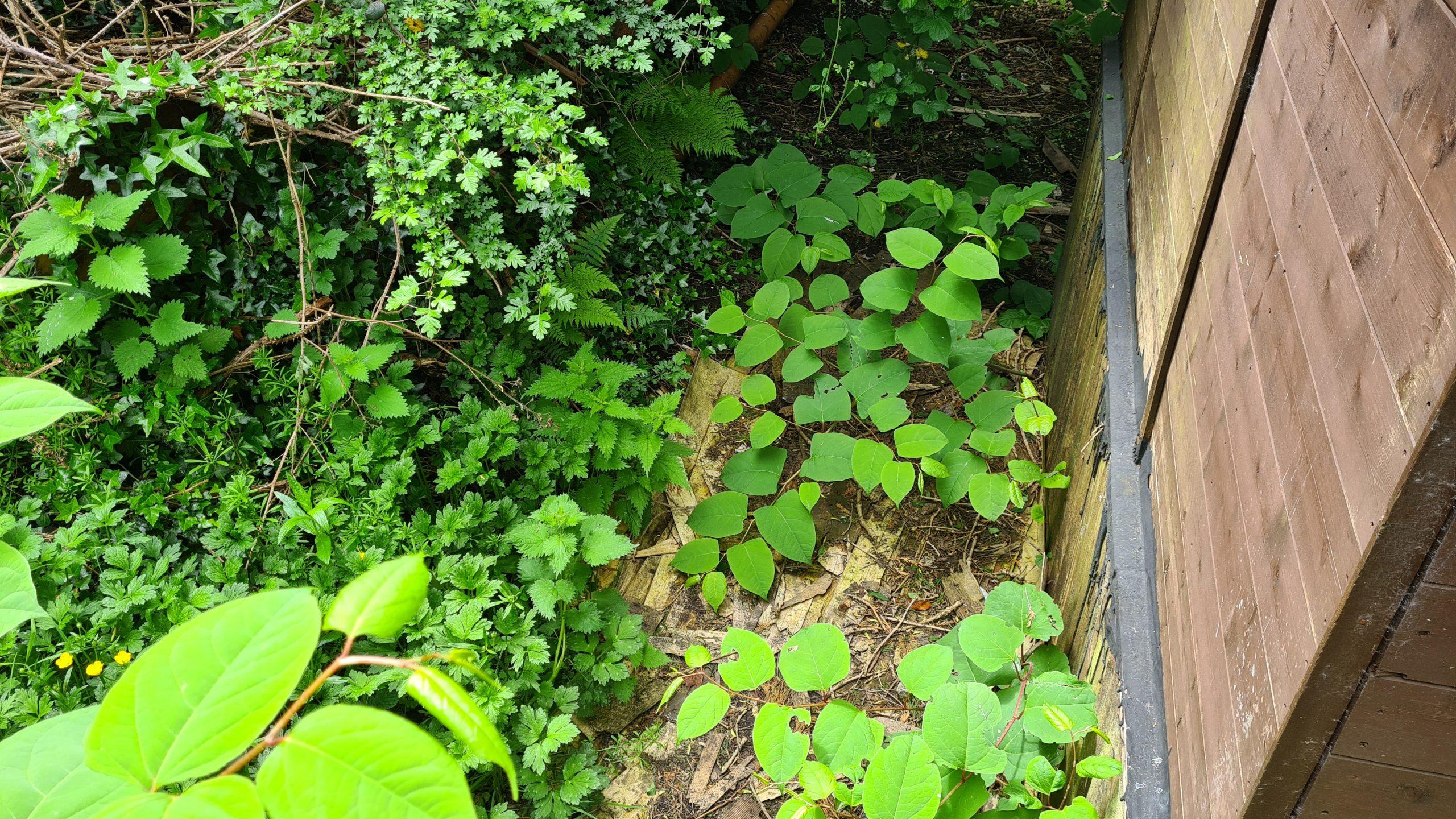
What is Japanese Knotweed?
Japanese Knotweed (Fallopia japonica) is an invasive plant species that can grow up to three meters high. It has a bamboo-like stem with purple speckles and leaves that are shaped like a shield. Japanese Knotweed is native to Japan, China, and Korea and was introduced to the UK in the 19th century as an ornamental plant.
Japanese Knotweed is a herbaceous perennial plant that spreads through its rhizome, which is a modified stem that grows horizontally underground. These rhizomes can grow up to 3 meters deep and 7 meters wide, making them difficult to control and eradicate.
The plant produces small, white flowers in late summer, which are followed by small, winged fruits. Japanese Knotweed grows rapidly, and its dense foliage can outcompete native plants, reducing biodiversity in the area.
Due to its invasive nature, Japanese Knotweed can cause significant damage to buildings, roads, and other structures. Its rhizomes can grow through concrete and tarmac, causing cracks and damage to the structure.
Japanese Knotweed can be controlled using herbicides or by physically removing the plant and its rhizomes. However, it is essential to use herbicides correctly and safely, as they can have a significant impact on the environment if misused.
In summary, Japanese Knotweed is an invasive plant species that can cause significant damage to the environment and structures. Its rapid growth and spread through rhizomes make it difficult to control, and it can outcompete native plants, reducing biodiversity.
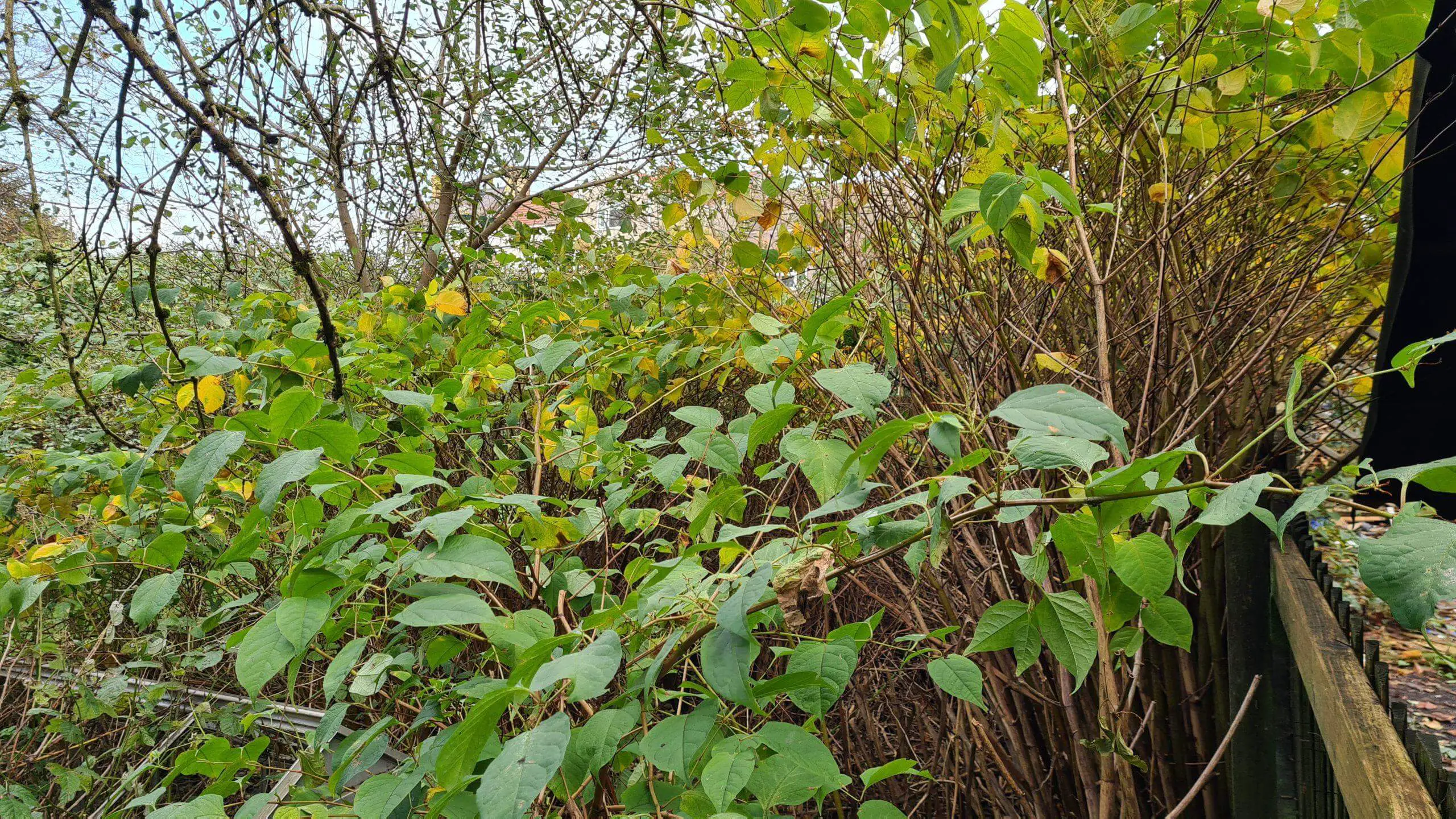
Why is Japanese Knotweed a Problem?
Japanese knotweed, also known as Fallopia japonica or Reynoutria japonica, is an invasive plant that can cause significant damage to the environment and property. The plant is native to East Asia and was introduced to North America and Europe as an ornamental plant in the 19th century. Since then, it has become one of the most invasive plants in the world.
The problem with Japanese knotweed is that it spreads rapidly and can quickly take over an area, out-competing native plants and disrupting ecosystems. The plant can grow up to 10cm a day and can reach heights of up to 3m. It can also spread underground through its extensive root system, which can grow up to 3m deep and 7m wide.
Japanese knotweed is also difficult to control and eradicate. Even small fragments of the plant can grow into new plants if they are not disposed of properly. The plant can also regrow from its extensive root system, making it challenging to remove completely.
The impact of Japanese knotweed is not limited to the environment. It can also cause significant damage to property. The plant can grow through concrete and tarmac, causing damage to buildings, roads, and other structures. It can also reduce the value of properties, making it difficult for homeowners to sell their homes.
Gardeners and homeowners need to be aware of the risks associated with Japanese knotweed and take steps to prevent its spread. The plant can be spread through soil, debris, and even rainwater. Disturbing the soil around the plant can also cause it to spread. It is essential to dispose of any debris or soil contaminated with Japanese knotweed properly.
If you suspect that you have Japanese knotweed on your property, it is essential to take action as soon as possible. Early detection and treatment are key to controlling the plant’s spread and preventing an infestation. There are several control methods available, including chemical treatments, excavation, and stem injection.
In conclusion, Japanese knotweed is a significant problem that can cause significant damage to the environment and property. It is important to take steps to prevent its spread and to treat any infestations as soon as possible. By doing so, you can help protect native plants and ensure that your property remains safe and secure.
| Season | Action |
|---|---|
| Spring | Monitor for new growth and treat any emerging shoots |
| Summer | Continue to monitor and treat any new growth |
| Autumn | Cut back any dead stems and dispose of them properly |
| Winter | Monitor for any new growth and plan for treatment in the spring |
When Should Japanese Knotweed be Treated?
If you have Japanese Knotweed on your property, it’s important to know when to treat it. Treatment plans can vary depending on the time of year and the severity of the infestation. In this section, we’ll cover the best times to treat Japanese Knotweed and what treatment plans are available.
Timing
The best time to treat Japanese Knotweed is in late autumn, early spring, or winter when the plant is dormant. During these seasons, the plant’s energy is stored in its roots, making it easier to kill. However, if you have a severe infestation, treatment may be necessary during the summer months when the plant is in full growth.
Treatment Plans
There are several treatment plans available for Japanese Knotweed. The most common methods include chemical treatment, excavation, and stem injection.
- Chemical Treatment: This involves applying herbicides to the plant to kill it. It’s important to use a licensed professional for this method as herbicides can be harmful to the environment if not used correctly.
- Excavation: This involves digging up the plant and its roots. This method is usually reserved for severe infestations and is the most expensive option.
- Stem Injection: This involves injecting herbicides directly into the plant’s stem. This method is less harmful to the environment than chemical treatment and is a good option for smaller infestations.
Professionals
It’s recommended to use a professional for Japanese Knotweed treatment. They will be able to assess the severity of the infestation and recommend the best treatment plan for your situation. They will also be able to ensure that the treatment is carried out safely and effectively.
Table
| Treatment Plan | Best Time to Treat | Pros | Cons |
|---|---|---|---|
| Chemical Treatment | Late autumn, early spring, winter | Effective, relatively inexpensive | Harmful to the environment if not used correctly |
| Excavation | Late autumn, early spring, winter | Effective for severe infestations | Expensive |
| Stem Injection | Late autumn, early spring, winter | Less harmful to the environment than chemical treatment, good for smaller infestations | Not as effective for severe infestations |
In conclusion, treating Japanese Knotweed requires careful consideration of the timing and treatment plan. It’s important to use a licensed professional and to choose a treatment plan that is appropriate for the severity of the infestation. By following these guidelines, you can effectively treat Japanese Knotweed and protect your property from its invasive effects.
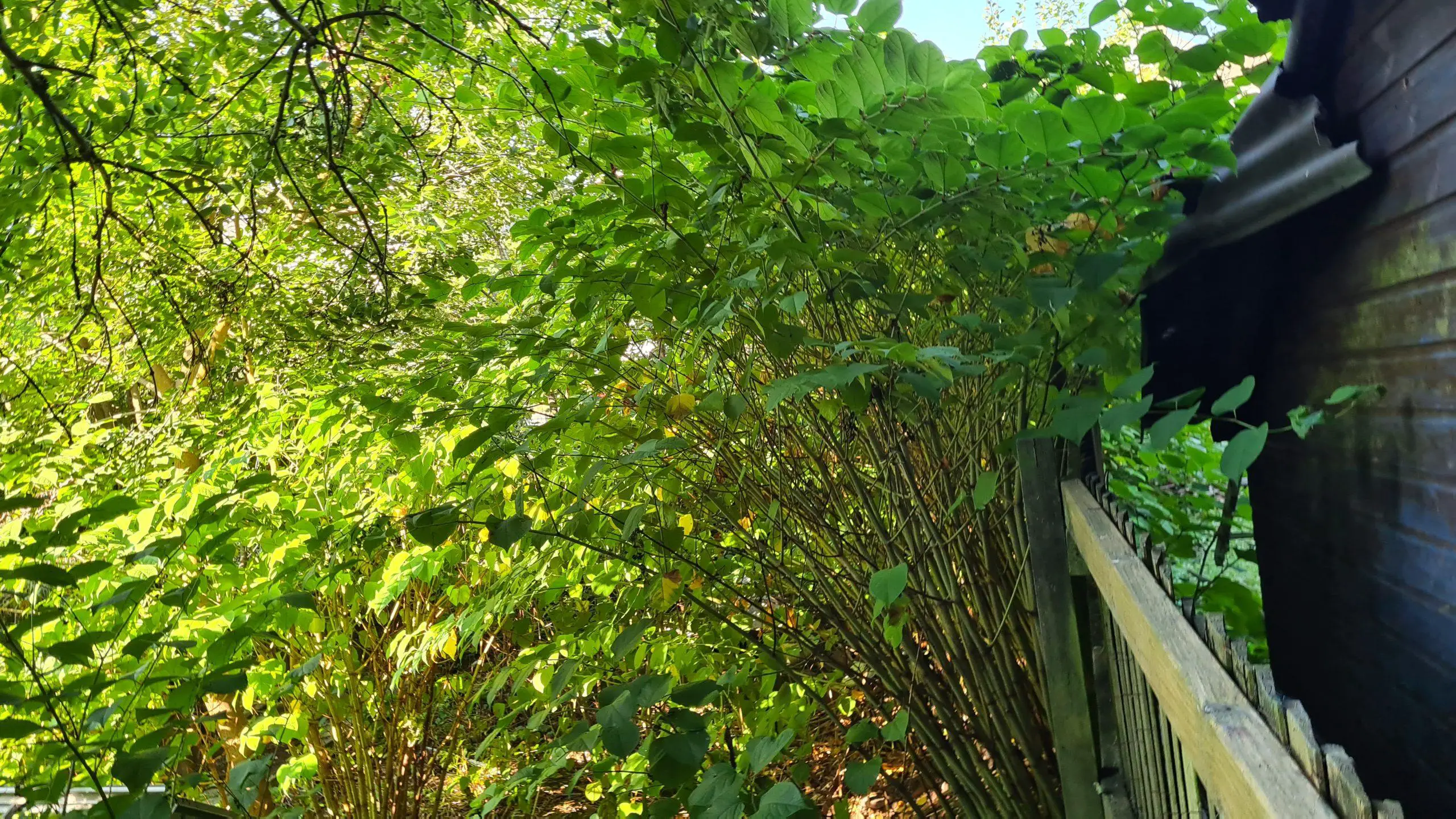
How to Treat Japanese Knotweed
If you have identified Japanese Knotweed on your property, you may be wondering how to treat it. There are several methods available, but the most effective approach will depend on the severity of the infestation and your goals for eradication.
Digging
Digging up Japanese Knotweed is one option for treatment, but it is labour-intensive and may not be effective for large infestations. If you choose to dig up the plant, you must ensure that all of the roots are removed, as even a small piece left behind can regrow into a new plant.
Smothering
Smothering Japanese Knotweed involves covering the plant with a tarp or other material to block out sunlight. This method can be effective, but it may take several years to completely eradicate the plant. It is also important to note that the plant can grow through small gaps in the covering, so it must be tightly sealed.
Herbicides
Herbicides are a common method for treating Japanese Knotweed. Chemicals such as glyphosate are typically used, but they must be applied carefully to avoid harming other plants in the area. Stem injections and foliage sprays are two methods of applying herbicides.
Killing with Sunlight
Another method for treating Japanese Knotweed is to cut down the plant and then allow it to photosynthesize until it has depleted its energy reserves. This method can be effective, but it may take several years to completely eradicate the plant.
Excavation
Excavation involves digging up the entire plant, including the roots, and disposing of it off-site. This method can be effective for small infestations, but it may not be practical for larger areas.
Stem Injections
Stem injections involve injecting herbicide directly into the stem of the plant. This method is effective, but it must be done carefully to avoid harming other plants in the area.
Conclusion
There are several methods available for treating Japanese Knotweed, and the most effective approach will depend on the severity of the infestation and your goals for eradication. Digging, smothering, herbicides, killing with sunlight, excavation, and stem injections are all viable options. It is important to carefully consider each method and choose the one that is best suited to your situation.

Controlling Japanese Knotweed
Japanese Knotweed is an invasive plant that can cause significant damage to property and the environment. If you have identified Japanese Knotweed on your property, it is important to take action to control it. In this section, we will discuss some of the methods you can use to control Japanese Knotweed.
Control Methods
There are several methods you can use to control Japanese Knotweed. These include:
- Digging: Digging out the roots of the plant can be an effective way to control Japanese Knotweed, but it is a labour-intensive process that must be done carefully to avoid spreading the plant.
- Herbicides: Chemical herbicides can be used to control Japanese Knotweed. However, it is important to follow label instructions carefully to avoid harming other plants and wildlife.
- Stem Injection: Stem injection involves injecting herbicide directly into the stem of the plant. This method can be effective, but it requires skill and care to avoid harming other plants.
- Burial: Burying Japanese Knotweed under a layer of soil can be an effective way to control it. However, it is important to ensure that the soil is properly contained to prevent the spread of the plant.
Label Instructions
When using herbicides to control Japanese Knotweed, it is important to follow label instructions carefully. This will help ensure that the herbicide is applied correctly and that other plants and wildlife are not harmed. Some important things to keep in mind when using herbicides include:
- Using the correct amount of herbicide for the size of the plant.
- Applying the herbicide at the right time of year.
- Wearing protective clothing and equipment when applying the herbicide.
- Disposing of containers and leftover herbicide safely.
Alternatives
If you are looking for an alternative to herbicides, there are several methods you can try. These include:
- Smothering: Covering the Japanese Knotweed with a layer of plastic or other material can help smother it.
- Grazing: Some animals, such as goats, will eat Japanese Knotweed. Grazing can be an effective way to control the plant in some areas.
- Biological Control: Introducing natural predators, such as insects or fungi, can help control Japanese Knotweed. However, this method can be risky and should only be done under the guidance of an expert.
Controlling Japanese Knotweed
Controlling Japanese Knotweed can be a difficult and time-consuming process. However, it is important to take action to prevent the plant from spreading and causing damage. By using the methods discussed in this section, you can effectively control Japanese Knotweed on your property.

